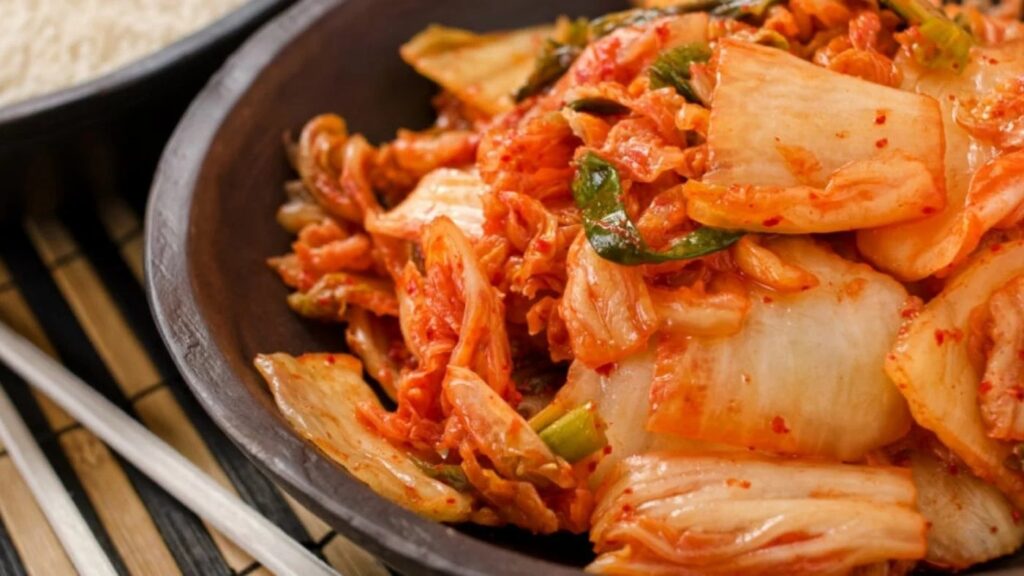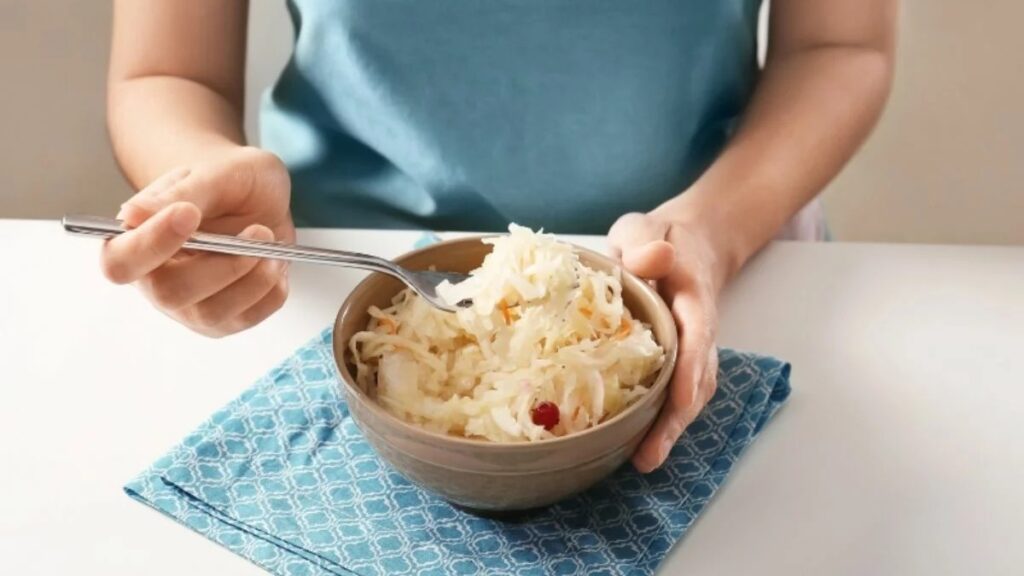Find out what is calcium chloride and how to use it in your fermentations!
Calcium chloride is a salt used to preserve the texture of food. It is often used in canning, but it can also be used in fermentation!
For example, it is a powerful weapon for keeping pickles crunchy, whether they are canned or fermented.
This article will demystify calcium chloride and give you all the information you need for using it in your fermentations.
Go straight to the section that interests you:
- What is calcium chloride?
- Is calcium chloride safe?
- Why use calcium chloride?
- Where can I buy calcium chloride?
- How do I use calcium chloride in fermentation?
- Frequently asked questions
What Is Calcium Chloride?
Calcium chloride is a food additive used to keep food textured. It should not be confused with table salt, which is sodium chloride!
Calcium chloride is found under several names:
- CaCl2
- Calcium dichloride
- “Pickle Crisp”
- E509 (Europe)
It is very often found among the ingredients of commercial pickles, as it helps to keep the pickles crunchy.
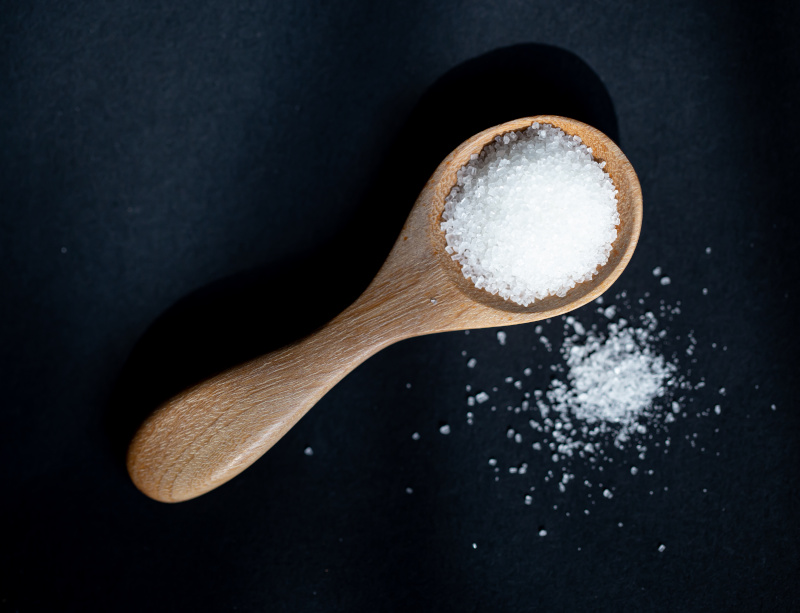
Calcium chloride is also used in cheese making, as a source of electrolytes in sports drinks, and in the preparation of canned tomatoes.
Calcium chloride is found in liquid form and as small white granules that dissolve quickly in water.
Is Calcium Chloride Safe?
Calcium chloride is safe to use, just like salt or baking soda!
Calcium chloride is a food additive that has been tested and approved by the World Health Organization, Health Canada, the FDA (USA), and European standards.
It is officially classified as a firming agent. It is used in the food industry, but also by winemakers, brewers, and molecular gastronomy chefs.
At the doses used in food, it has been recognized as safe. However, it is necessary to obtain food-grade calcium chloride.
Why Use Calcium Chloride?
Calcium chloride is mainly used in canning to make crunchy pickles.
It can also be used in lacto-fermentation! Fermentation tends to soften vegetables, so using calcium chloride helps keep the vegetables crunchy.
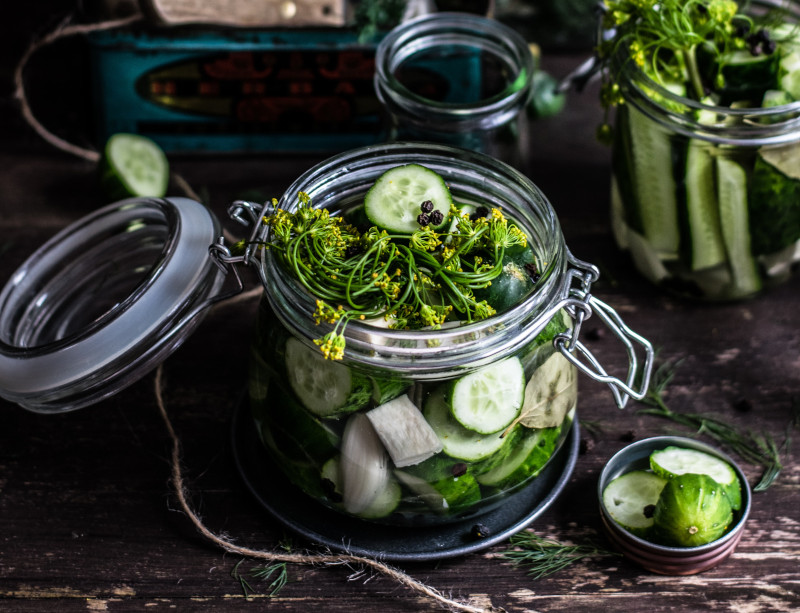
Calcium chloride is an alternative to lime and alum, both of which were used in the past to keep food crunchy during canning.
Alum is not recommended for canning, as it can be dangerous in high doses. Lime, for its part, requires several rinses and can affect the acidity of the fermentation. Calcium chloride is safer and easier to use than these products.
Calcium chloride is not required for fermenting, but it is very useful!
Some of our favourite fermented vegetables for using calcium chloride are:
- Pickles
- Chili peppers
- Tomatoes
- Fruits
- Zucchini
- Bell peppers
How to Use Calcium Chloride?
Add calcium chloride to the recipe together with the salt. It dilutes quickly in water or brine.
You need very little calcium chloride to have a noticeable effect!
For 1 kg of vegetables (or 1 litre jar), add ¼ tsp. of calcium chloride.
¼ tsp. is about 1.15 g of calcium chloride or 0.12% of the weight of the recipe.
According to Canadian standards, up to 0.4% calcium chloride can be added, or 4 g or ¾ teaspoon per 1L jar. However, it’s usually not necessary to add that much; ¼ teaspoon per kg is enough to keep the fermented vegetables crunchy.
For more information, see our recipe for crunchy pickles.
Where Can I Find Calcium Chloride?
Calcium chloride can be purchased online or in some shops that sell canning supplies.
Calcium chloride is marketed as “Pickle Crisp“, “Xtra Crunch“, or simply “calcium chloride“. Calcium chloride can also be found in liquid form.
Since only a very small amount is needed per jar, a bag of calcium chloride will last a long time!
Some spice mixes for pickles also contain calcium chloride.
It is important to use only food-grade calcium chloride.
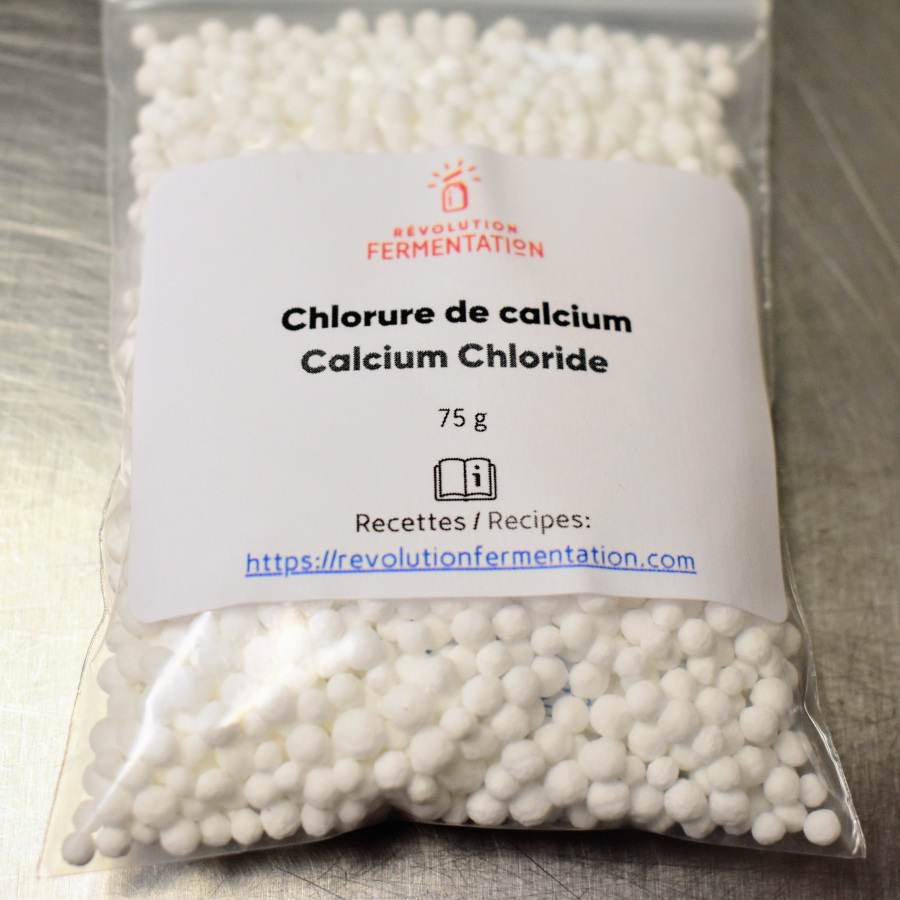
How to Store Calcium Chloride?
Calcium chloride is very sensitive to moisture and can clump together into big lumps.
Be sure to store your calcium chloride in a tightly sealed container in a cool and dry environment.
Frequently Asked Questions
Is Calcium Chloride Toxic?
Calcium chloride is safe and non-toxic.
Just use it in recommended amounts.
What Is the Difference Between Salt (Sodium Chloride) And Calcium Chloride?
In cooking, when we talk about salt, we are referring to sodium chloride. Whatever the type of salt used (sea salt, table salt, pink salt, Himalayan salt, kosher salt, Celtic salt, etc.), its chemical formula is always sodium chloride (NaCl).
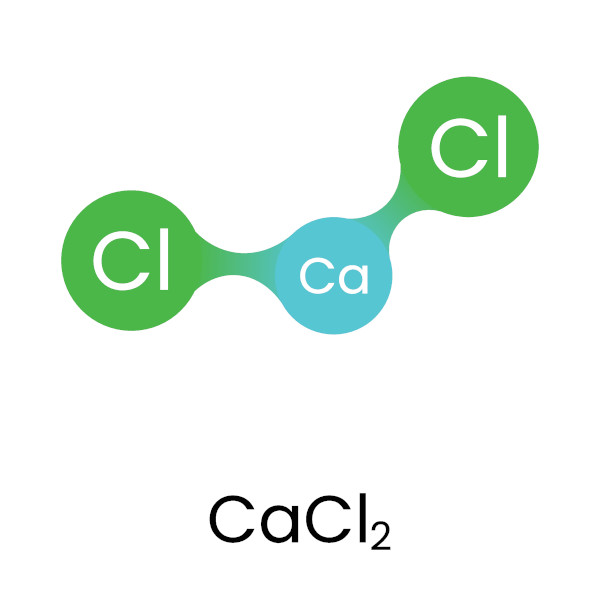
Calcium chloride (CaCl2) is also a salt, but from a chemical point of view, they are different!
- Sodium chloride (salt) is composed of sodium atoms and chlorine atoms. Its chemical formula is NaCl.
- Calcium chloride is composed of calcium atoms and chlorine atoms. Its chemical formula is CaCl2.
Calcium chloride and sodium chloride are safe and edible food additives.
What Does Calcium Chloride Taste Like?
Calcium chloride has a salty taste. If too much is used, it can also add a slight bitterness.
Is Calcium Chloride Vegan?
Yes, calcium chloride is vegan and can be used in vegan recipes.
Can Calcium Chloride Be Used for Organic Production?
Yes, calcium chloride is an accepted food additive in organic certifications.
Get Started!
- Buy calcium chloride
- Which salt to use for lacto-fermentation?
- 10 tips for crunchy pickles
- All our lacto-fermentation recipes
